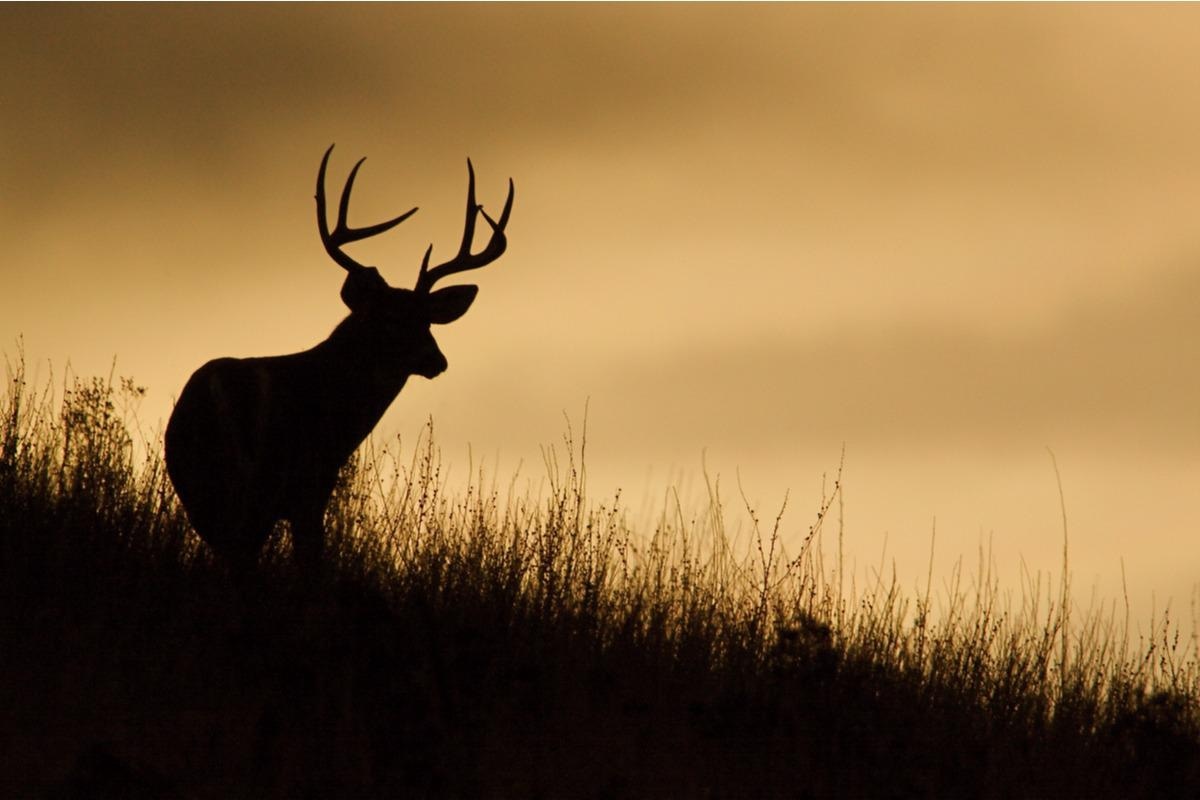A recent study available on the Research Square* preprint server and under consideration at a Nature Portfolio Journal identified six candidate mutations in the severe acute respiratory syndrome coronavirus-2 (SARS-CoV-2) genome adaptive to animal hosts.
 Study: Transmission of SARS-CoV-2 from humans to animals and potential host adaptation. Image Credit: Tom Reichner/Shutterstock
Study: Transmission of SARS-CoV-2 from humans to animals and potential host adaptation. Image Credit: Tom Reichner/Shutterstock
The coronavirus disease 2019 (COVID-19) caused by SARS-CoV-2 has long been presumed to be the consequence of a zoonotic spillover, i.e., from animal hosts to humans. Successful animal-to-human jump requires that the virus infect the new host's (humans) cells and be transmissible within its population.
Dead-end hosts like dogs are susceptible to COVID-19 infection but cannot transmit the viral pathogen efficiently to other dogs, and thereby, the pathogen quickly becomes extinct in these hosts. SARS-CoV-2 spreads rapidly in humans, with the basic reproductive number ranging from 1.5 to 6.5. Subsequent spillover of SARS-CoV-2 from humans to animals (minks, cats, dogs, etc.) has been well documented, and surprisingly, a spillback of SARS-CoV-2 from the minks to humans was also observed.
The study
In the present study, researchers analyzed SARS-CoV-2 genomic sequences from animal hosts like minks and deers, examining these sequences relative to human SARS-CoV-2 sequences. SARS-CoV-2 sequences were collected from the Audacity tree on the global initiative on sharing avian influenza data (GISAID) database. Human and animal SARS-CoV-2 genome alignments were collected, and maximum likelihood trees were inferred. Next, they screened for homoplasies (recurrent mutations arising independently of taxon's evolutionary history). Mink- and deer-related SARS-CoV-2 sequences were compared with subsamples of human SARS-CoV-2 isolates.
Results
Comparison of mink SARS-CoV-2 sequences with human SARS-CoV-2 sequences identified 18 candidate mutations due to mink-specific adaptation and 31 deer-specific adaptation. These mutations were identified upon satisfying the either of the following criteria: 1) two-fold higher allele frequency of mutation in animal than human isolates, 2) animal allele frequency being greater than 0.1, 3) independent emergence at least three times in animal-host-only phylogenies, and 4) not inherited from parent human lineage.
The researchers found five non-synonymous substitutions (Spike_F486L, NSP9_G37E, Spike_N501T, ORF3a_L219V, ORF3a_T229I) in mink isolates and one (NSP3_L1035F) in deer as potent candidates for putative adaptation in hosts. These six mutations fulfilled the inclusion criteria and were found in at least three independent clusters. Another mutation (Spike_Y453F) implicated in improved Spike and mink angiotensin-converting enzyme-2 (ACE2) interactions was suggested as a mink-adaptive substitution. Y453F was another potent candidate for mink-specific adaptation as it qualified the first inclusion criterion.
Three (Spike_N501T, NSP3_L1035F, and ORF3a_T229I) of these seven mutations emerged in human isolates during the early COVID-19 phase before their documented identification. Conversely, some mink-adaptive modifications like NSP9_G37E, ORF3a_L219V, Spike_F486L, and Spike_Y453F appeared in human isolates after the first COVID-19 outbreak in minks in the Netherlands.
The researchers analyzed nucleotide (nt)-nt transitions and dinucleotide frequencies of animal SARS-CoV-2 isolates relative to human isolates. The most abundant change was the C→U mutation, followed by G→U, A→G, and G→A mutations.
The authors bioinformatically computed the impact of the non-synonymous substitutions on the function of protein using PROVEAN (Protein Variation Effect Analyzer) scores. It was observed that most of the potent candidate substitutions were conservative mutations and functionally neutral, including the mink-adaptive spike mutations. As such, the team proposed that adaptive mutations in the spike protein may not impact the protein's function.
The three spike mutations identified here are found in the receptor-binding domain (RBD) and implicated at the spike: ACE2 interface; therefore, these candidate mutations were further evaluated. Mink or human ACE2 were modeled with spike protein of the wildtype SARS-CoV-2 and mutant spike proteins carrying one mutation each. The mutations of SARS-CoV-2 are likely to remain conservative and minor changes to spike structure due to these candidate mutations would not significantly impede the spike: ACE2 complex stability.
Conclusions
Based on the findings, it could be noted that the animal-adaptive candidate mutations identified in the study confer zero or minimal evolutionary advantage in humans. Moreover, these results imply that the SARS-CoV-2 virus has broad host tropism infecting multiple types of hosts, and it is pre-adapted to spread in other animals like deer and minks.
To conclude, the current study evaluated the possible candidate mutations noting that the mutational load to transmit to novel hosts is low and that the virus is mostly 'generalist' partly because it uses the ACE2 receptor, which is relatively conserved across different mammals. Further, the human spillover into animals and the subsequent spillback into humans could mainly result from the extensive SARS-CoV-2 transmission in humans.
*Important notice
Research Square publishes preliminary scientific reports that are not peer-reviewed and, therefore, should not be regarded as conclusive, guide clinical practice/health-related behavior, or treated as established information.






























